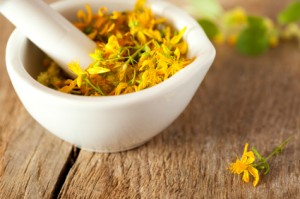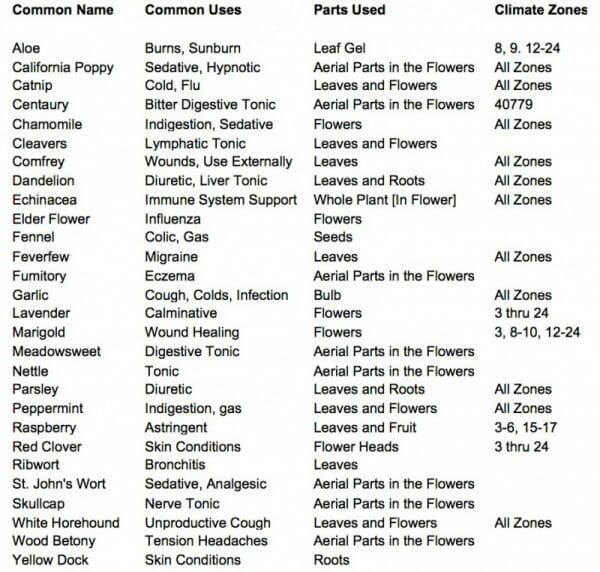Today many families are looking for a different approach to dealing with the illnesses and injuries that afflict them. How can you achieve your goals for a more natural lifestyle? You can add a medicine garden bed to your family garden. Long before we had men of science and medicine, we had the knowledge of which plants were beneficial for our families’ ailments and hurts. Also, there were people in our communities who were knowledgeable in the herbs of the local area. With a little research, you can become one of these people.
 To begin this project, I would suggest purchasing one or two good reference books on herbal and natural health treatments. You may also want to consider taking a course to learn more about being an amateur herbalist. Some high schools and colleges even offer adult education courses on herbs.
To begin this project, I would suggest purchasing one or two good reference books on herbal and natural health treatments. You may also want to consider taking a course to learn more about being an amateur herbalist. Some high schools and colleges even offer adult education courses on herbs.Though I have never taken a course on herbs, I have several great books that I use to assist me in my herbal knowledge. The first is Back To Eden, by Jethro Kloss: “The classical guide to herbal medicine, natural foods and home remedies.” I have used it as my primary herb book since I first became interested in the subject. This is a great reference, but its downside is that it has no pictures of the herbs for identification purposes, nor does it give you planting and growing instructions. Rodale’s Illustrated Encyclopedia of Herbs, by Rodale Press of Emmaus, Pennsylvania, has beautiful full-color pictures as well as illustrations of the herbs. It has chapters for the different uses of herbs, not just for their medicinal purposes. However, it only has 140 herbs listed and may not have those for the conditions you are trying to treat. Sunset Western Garden Book is great as a gardening primer. It gives basic planting and care instructions for hundreds of plants and tells you which zones they are compatible to. It has descriptions of the plants with illustrations. It is also helpful with landscaping and other gardening needs. I have used this book for many years to help me with most of my gardening work.
After getting your herbal education, you will need to find the best herbs for your medical needs and your climate. You will need references to find the herbs for your family’s needs. You may use those I have listed above, find other books that deal with your health issues and the herbs needed to treat them, or research online. I find myself using my books as well as the Internet – and just about equally, if I might add.
A great example of an herb that works for me is mint. Mint is great for stomach ailments, excess gas, bad breath, and other ailments. Mint will grow in all zones. I grow mint in a container in my backyard garden, as it will over run your garden if planted in a bed. I pick and dry it. Later on I use the dried leaves to make tea and capsules, and it can be stored in glass jars on my shelf or in Ziploc bags in the freezer.
Note: The zone assignments noted in this chart come from the Sunset Western Garden Book.
Always remember, before changing from prescription medications to herbal treatments it is best to seek the advice of your doctor or other healthcare provider.
Source: Growing Your Family’s Pharmacy
 To begin this project, I would suggest purchasing one or two good reference books on herbal and natural health treatments. You may also want to consider taking a course to learn more about being an amateur herbalist. Some high schools and colleges even offer adult education courses on herbs.
To begin this project, I would suggest purchasing one or two good reference books on herbal and natural health treatments. You may also want to consider taking a course to learn more about being an amateur herbalist. Some high schools and colleges even offer adult education courses on herbs.
